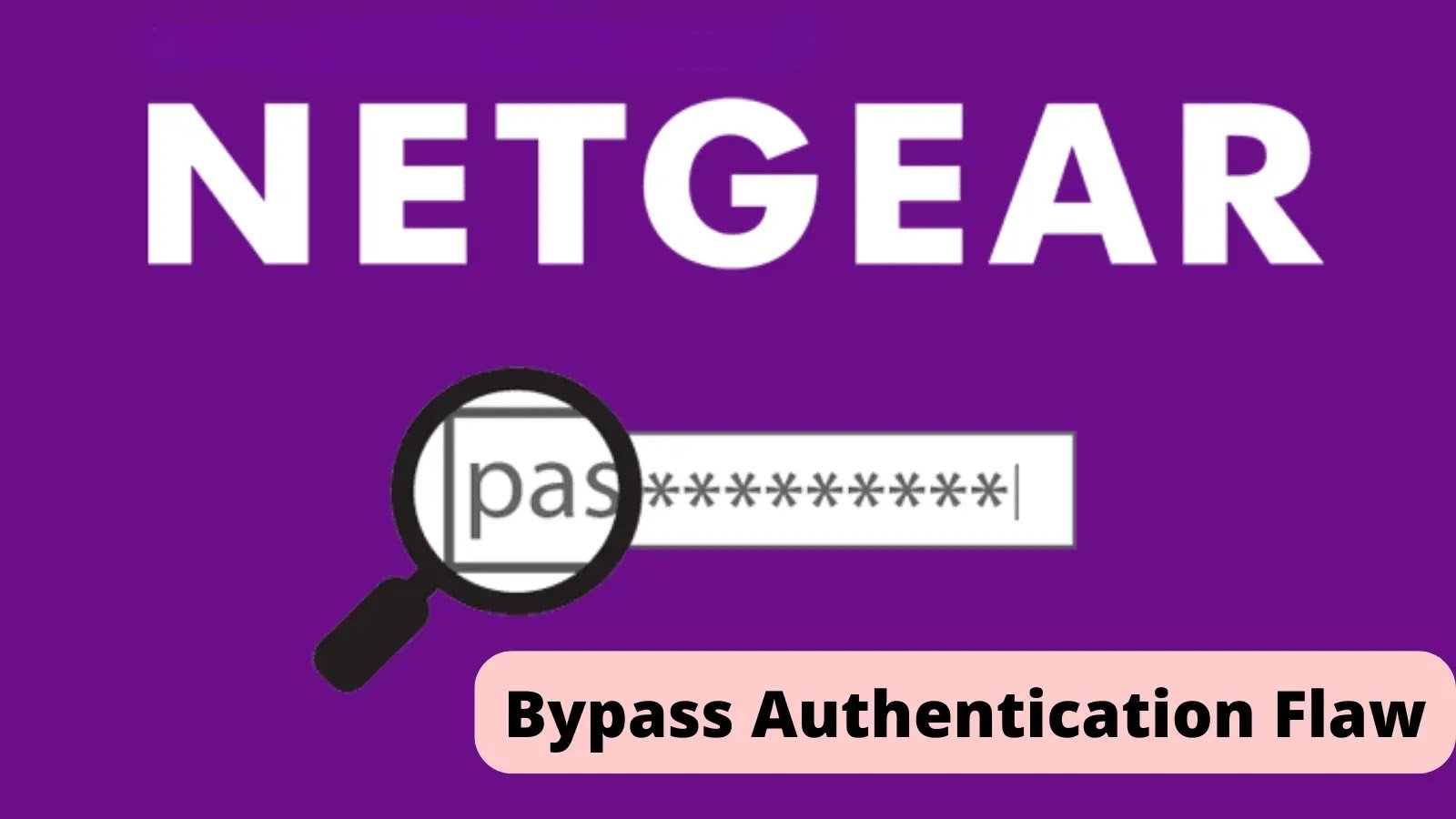What is Border Gateway Protocol (BGP)?
Border Gateway Protocol (BGP) is a critical component of the modern internet, enabling data routing between different networks, known as autonomous systems (AS).
As the primary protocol for exchanging routing information across the Internet, BGP ensures that data packets efficiently travel from source to destination.
This article delves into BGP’s characteristics, functionality, importance, types, and elements, comprehensively understanding how it operates and its significance in networking.
Characteristics of Border Gateway Protocol (BGP)
BGP is designed to manage data routing between autonomous systems, large networks or groups of networks managed by a single organization or entity. Here are some key characteristics of BGP:
Inter-Autonomous System Configuration
BGP’s primary role is to facilitate communication between different autonomous systems. By connecting these systems, BGP enables the Internet to function as a cohesive network despite being composed of numerous independent networks.
Each AS must have at least one router capable of running BGP, which connects to at least one BGP router in another AS.
Next-Hop Paradigm and Path Information
BGP supports the next-hop paradigm, which involves determining the next destination for data packets based on the current routing table.
BGP advertisements include the reachable destination and path information, which helps routers make informed decisions about the best route for data packets.
Policy Support and Coordination
BGP allows network administrators to implement routing policies that distinguish internal and external routes. This capability enables organizations to control how data is routed within their networks and how it interacts with external networks.
Additionally, BGP coordinates multiple BGP speakers within an AS to ensure consistent routing information.
TCP-Based and Bandwidth Conservation
BGP operates over TCP, providing reliable communication between routers. This setup helps conserve network bandwidth by exchanging only necessary routing updates, reducing unnecessary traffic.
Support for CIDR and Security
BGP supports Classless Inter-Domain Routing (CIDR), allowing more efficient IP address allocation and routing.
Furthermore, BGP incorporates security measures to filter out unauthorized traffic, such as authenticating messages between routers using preconfigured passwords.
How Does BGP Work?
When a network router connects to other networks, it initially lacks information about the optimal network path for sending data.
Border Gateway Protocol (BGP) addresses this by evaluating all available peering options for a router and selecting the geographically closest one.
Each potential peer shares its routing information, stored in a Routing Information Base (RIB). BGP accesses this stored information to determine the most efficient peering option for data transmission.
Functionality of Border Gateway Protocol (BGP)
The functionality of BGP revolves around three main tasks that BGP peers perform:
Peer Acquisition and Authentication
The initial step in BGP operation involves acquiring peers and authenticating them. This process establishes a TCP connection between peers and involves exchanging messages to ensure both sides agree to communicate.
Authentication helps secure the connection and prevents unauthorized access.
Exchange of Reachability Information
Once the connection is established, BGP focuses on exchanging information on reachability.
This involves sending both positive and negative reachability updates, which inform peers about available routes and any changes in network topology.
Network Connection Verification
BGP continuously verifies the functionality of the peers and the network connection between them. This ongoing verification ensures that routing information is accurate and up-to-date, enabling efficient data routing.
Importance of Border Gateway Protocol (BGP)
BGP plays a crucial role in the functioning of the internet, offering several important benefits:
Security and Scalability
BGP is highly secure, with mechanisms to authenticate messages and filter unauthorized traffic.
Its scalability allows it to manage the vast number of routes and networks present on the Internet, making it suitable for large-scale deployments.
Support for Multihoming
BGP supports multihoming, enabling organizations to connect to multiple networks simultaneously.
This capability enhances network reliability and performance by providing alternative paths for data routing.
Best Path Calculation
BGP calculates the best path for data packets, considering path length, weight, and local preference.
This ensures that data travels efficiently from source to destination, optimizing network performance.
Integration with TCP/IP Model
BGP is based on the TCP/IP model and operates at the network layer using the transport layer protocol. This integration allows BGP to control data routing effectively within the broader context of internet protocols.
Types of Border Gateway Protocol
BGP is categorized into two main types, each serving different purposes:
External BGP (eBGP)
External BGP exchanges routing information between routers in different autonomous systems. It facilitates communication between separate networks, enabling data to traverse the internet efficiently.
eBGP is essential for inter-domain routing, connecting different organizations and service providers.

Internal BGP (iBGP)
Internal BGP is used to exchange routing information within the same autonomous system. It ensures consistency among routers in sharing routing information and maintains a unified view of the network’s topology.
iBGP is crucial for intra-domain routing, enabling efficient data flow within large organizations.

Elements of BGP
BGP uses several elements to manage routing information and select the best paths for data packets:
Weight and Local Preference
Weight is a Cisco-specific attribute that indicates preferred paths. A higher weight value is chosen. Local preference is used to select the outbound routing path, with greater local preference being favored.
Autonomous System Path and Next Hop
The AS path element helps routers select paths with shorter lengths, optimizing data routing. The next hop element specifies the IP address to be used as the next hop to reach the destination.
Route Information Management Functions
BGP performs several functions to manage route information:
- Route Storage: BGP stores information about how to reach other networks.
- Route Update: Special techniques determine when and how to update routes based on received information.
- Route Selection: BGP selects optimal routes using information from its route databases.
- Route Advertisement: BGP regularly informs peers about known networks and methods to reach them.
Difference Between BGP and OSPF
BGP and Open Shortest Path First (OSPF) are both routing protocols, but they differ in several key aspects:
- Routing Algorithm: BGP follows the Path Vector Routing Algorithm, while OSPF uses the Link State Routing Algorithm.
- Convergence Speed: BGP has a slower convergence speed than OSPF, which converges quickly.
- Domain of Operation: BGP is an inter-domain routing protocol, whereas OSPF is an intra-domain routing protocol.
- Routing Operation: BGP operates between autonomous systems, while OSPF operates within a single autonomous system.
Border Gateway Protocol (BGP) is an essential protocol that underpins the internet’s routing infrastructure.
BGP ensures efficient global data routing by enabling communication between autonomous systems, supporting multihoming, and providing robust security and scalability.
Understanding BGP’s characteristics, functionality, and elements is crucial for network administrators and engineers working to maintain and optimize internet connectivity.
As the internet continues to grow and evolve, BGP’s role in managing complex network topologies remains vital, making it a cornerstone of modern networking.






